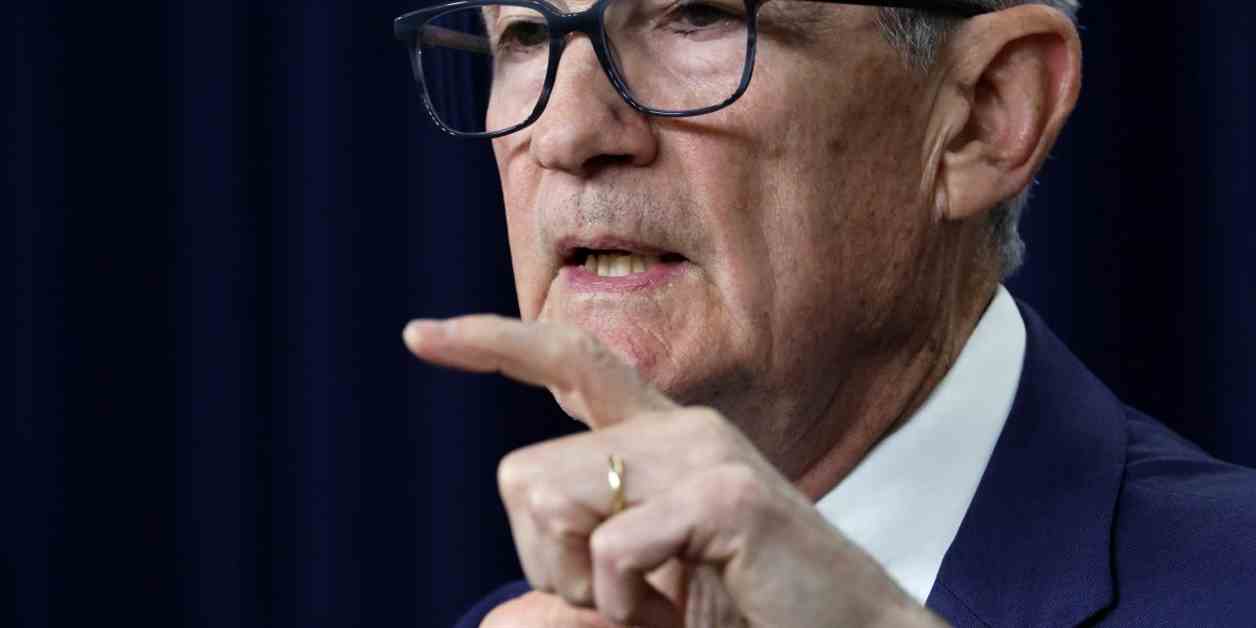Is the Fed puzzled by the lack of impact of high rates on the economy?
After more than two years of aggressive monetary tightening by the Federal Reserve, the world has not experienced the expected negative consequences. Despite US interest rates reaching 23-year highs, the economy has not suffered from the systemic problems that have historically accompanied such high rates. The Fed has maintained the policy rate at 5.25% to 5.5% for about a year and is likely to keep it unchanged at their upcoming policy meeting.
Investors have adjusted their expectations for rate cuts as economic data remains steady, with only one or two cuts anticipated by the end of the year. Financial markets are handling the Fed’s “restrictive” policy well, with minimal impact on the economy. This has prompted the Federal Open Market Committee to revisit the topic of easy financial conditions.
Several factors set this tightening cycle apart from previous ones. The privatization of risk has shifted financing away from public markets to private institutions. Nonbank lenders, including pension funds and family offices, are increasingly involved in lending, reducing the visibility of potential problems and contagion.
Government debt has also played a significant role in driving economic growth, with federal spending contributing substantially to GDP growth. While leveraging the federal balance sheet for growth is considered less risky than private borrowing, concerns about the sustainability of the US fiscal path have been raised.
The Fed, under Chair Jerome Powell, has been vigilant about balancing risks, responding to downside threats while maintaining a bias towards cutting borrowing costs. Despite the appearance of easy financial conditions, there are pockets of pain and risks, particularly in less regulated areas like fintech lending to low-income households.
As the Fed navigates these challenges, the potential for financial instability remains a concern, especially in the face of rising inequality and the unknown resilience of the shadow banking system. Powell and his team are carefully managing policy to avoid a rapid descent into recession, but the true impact of high rates on the economy is yet to be fully understood.


